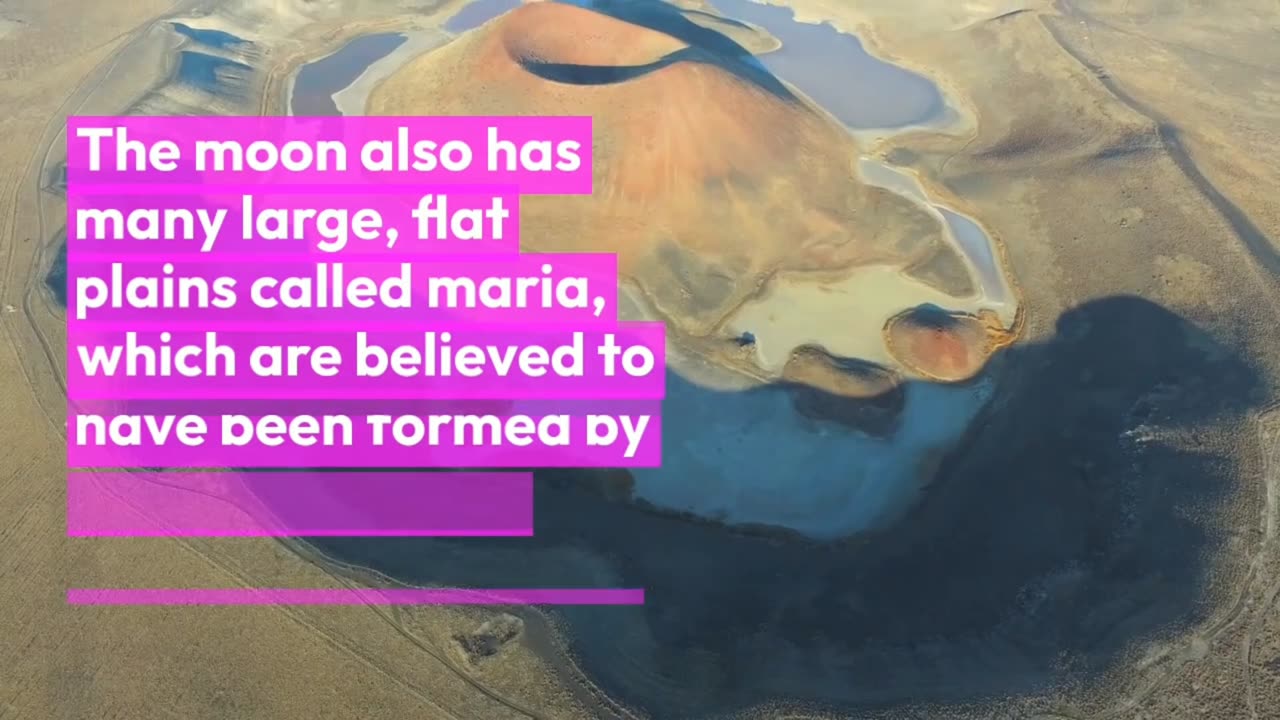Premium Only Content

Complet History of mOOn #moon #complet #viral
The moon is one of the most fascinating celestial objects in the night sky. It has been a source of inspiration, wonder, and curiosity for centuries, with countless myths, legends, and scientific studies dedicated to its exploration and understanding. In this article, we will delve deeper into the history, science, and mythology of the moon.
History of the Moon
The moon is believed to have formed about 4.5 billion years ago, shortly after the birth of our solar system. It is thought to have been created from debris left over after a massive collision between the Earth and a Mars-sized object, which ejected material into space that eventually coalesced into the moon.
Throughout history, the moon has been an important cultural and spiritual symbol, revered by many cultures around the world. In ancient times, the moon was often associated with femininity, fertility, and the cyclical nature of life, and was worshipped as a goddess in many cultures. The Greeks, for example, associated the moon with the goddess Selene, while the ancient Egyptians worshipped the moon god Khonsu.
In more recent times, the moon has played a significant role in human exploration and scientific discovery. The first human landing on the moon was accomplished by the Apollo 11 mission in 1969, marking a major milestone in space exploration and a significant achievement for human technology and ingenuity.
Science of the Moon
The moon is a rocky, airless, and lifeless celestial body, with a surface covered in craters, mountains, and vast plains of fine dust known as regolith. Its diameter is about one-quarter that of Earth, and it orbits the Earth at a distance of about 238,855 miles (384,400 km).
The moon's surface is heavily cratered, with many large impact craters visible from Earth. These craters are formed when asteroids, comets, or other objects collide with the moon's surface, leaving behind deep scars that are visible even from Earth. The moon also has many large, flat plains called maria, which are believed to have been formed by volcanic activity billions of years ago.
Despite its relatively small size and lack of atmosphere, the moon has a significant effect on Earth and its environment. The moon's gravitational pull causes the tides in Earth's oceans, and its position relative to Earth affects the planet's rotation and the length of the day.
Mythology of the Moon
The moon has played a significant role in mythology and folklore around the world, with many stories and legends dedicated to its mystery and power. In many cultures, the moon is associated with magic, transformation, and the supernatural.
In ancient Greek mythology, for example, the goddess Selene was believed to ride across the sky in a chariot pulled by white horses, carrying a crescent moon in her hair. In Japanese mythology, the moon god Tsukuyomi was said to be responsible for the phases of the moon
-
 LIVE
LIVE
LumpyPotatoX2
3 hours agoBecome a HellDiver Today - #RumbleGaming
167 watching -

Midnight In The Mountains
5 hours agoGaming w/ PER·SE·VER·ANCE | Sassy Saturday Fortnite | with the Midnights!
17.6K2 -
 LIVE
LIVE
shyboyking
3 hours agoThe Bots Of The Bots !!!😎
142 watching -
 24:06
24:06
True Crime | Unsolved Cases | Mysterious Stories
5 days ago $0.19 earnedShe Traveled Alone… and Never Came Back – 5 Mysterious Unsolved Cases (Part 6)
20K5 -
 27:23
27:23
Clickbait Wasteland
17 hours ago $0.04 earnedAsking New Yorkers Who They Support For Mayor: Staten Island
24.3K9 -
 16:58
16:58
World2Briggs
1 day ago $0.05 earnedThe California Rant: Point Blank With No Fluff or BS. California Gold?
15.4K2 -
 17:49
17:49
Chris Harden
2 days ago $0.02 earnedThe Glass Capital That Shattered | The Decline of Streator, Illinois
11.3K4 -
 51:15
51:15
JohnXSantos
3 days ago $0.01 earnedClothing Brand Manufacturers + Winners
7.29K1 -
 10:06
10:06
Cyclops Videos Joe W Rhea
12 days agoHybrid Super 22 Rifle
8.24K1 -
 8:30
8:30
Millionaire Mentor
23 hours agoMaria Bartiromo Plays Clip That DESTROYS Adam Schiff’s Entire Story
6.01K4